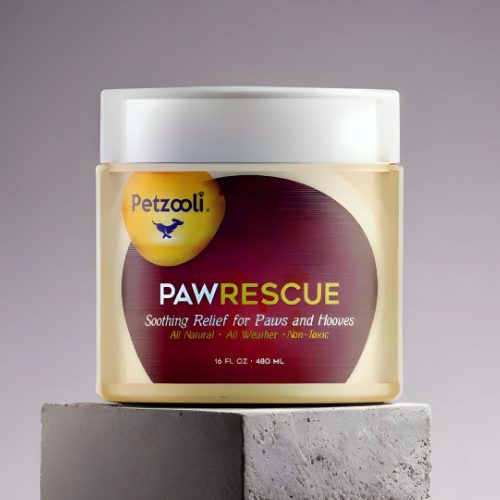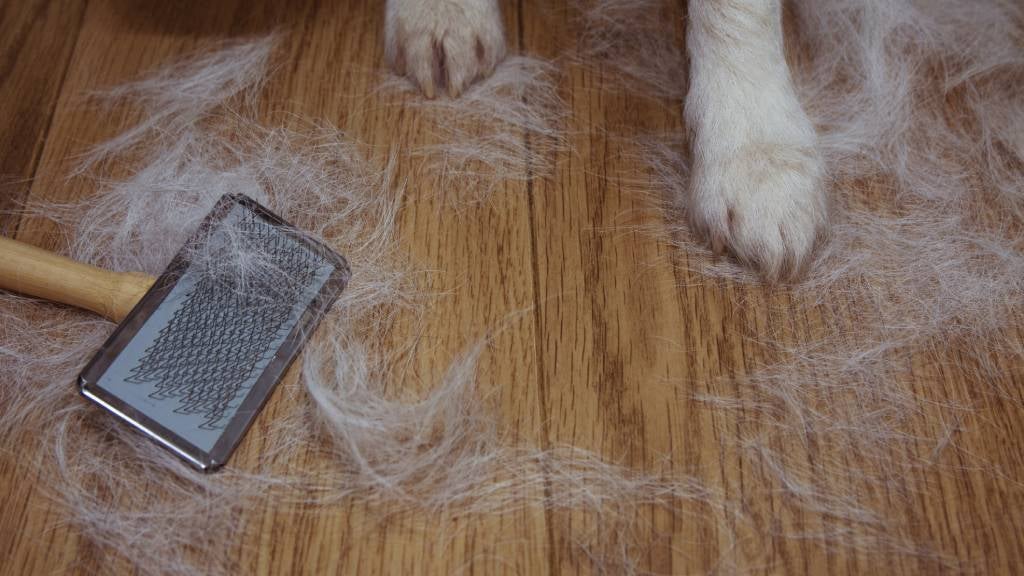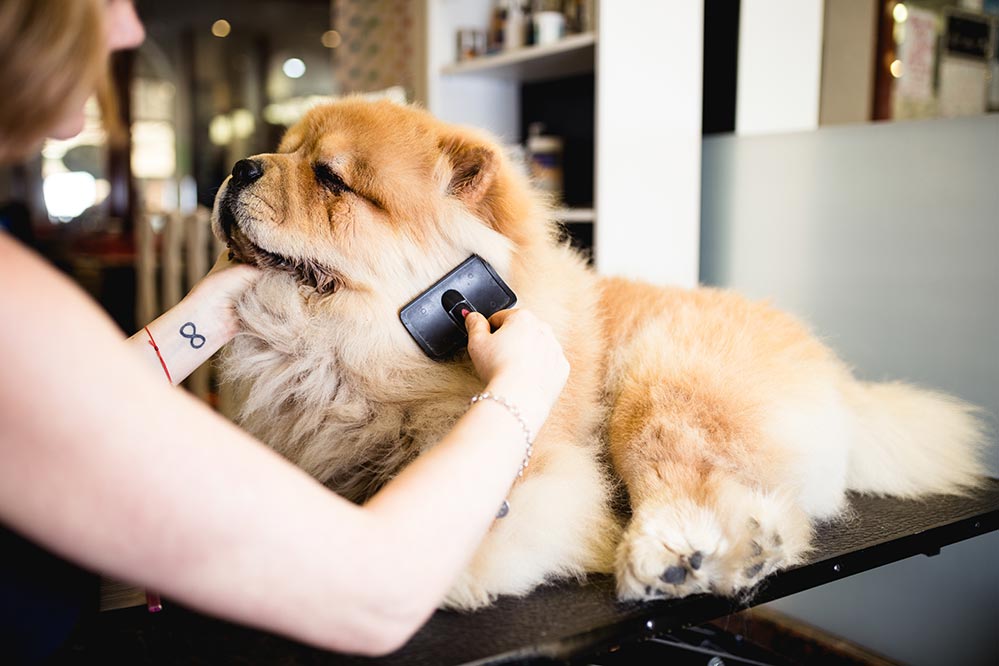
What Causes Dog Shedding and How to Manage It Smartly?
Share
For every dog owner, encountering dog shedding is almost a rite of passage. Understanding what causes dog shedding is essential for health-conscious pet owners who want to ensure their furry friends remain comfortable while keeping their homes clean.
Dog shedding is a normal process that varies significantly based on breed, health, and the environment. In this guide, we will delve into the various factors that contribute to shedding and how you can manage it effectively. Prepare to discover the mysteries behind fluff flying across your living room!

Understanding the Basics: What is Dog Shedding?
Shedding refers to the natural process through which dogs lose old or damaged hair. This process allows new hair to grow and can vary from dog to dog. Factors like breed, age, diet, and overall health significantly influence the amount of fur a dog sheds.
Regarding health-conscious pet owners, it's crucial to recognize that while shedding is normal, excessive shedding could indicate underlying health issues. Thus, monitoring your dog's shedding pattern is essential.

What Causes Dog Shedding? The Key Factors Explained
Let's break down some key factors that contribute to shedding.
1. Breed and Coat Type
Different breeds have different shedding behaviors. Dogs with double coats, like Huskies and Golden Retrievers, tend to shed in larger amounts compared to those with single-layer coats, such as Greyhounds. The texture of the fur also plays a role in how much shedding occurs.
2. Seasonal Changes
Dogs often shed more during transitional seasons, usually spring and fall. This phenomenon is known as seasonal shedding. During these times, dogs discard their old coats to adapt to changing temperatures, which can result in a noticeable increase in shedding.
3. Diet and Nutrition
Your dog's diet significantly influences their fur quality. A lack of essential vitamins, minerals, and fatty acids can lead to poor coat health, which may increase shedding. To reduce shedding, ensure your dog is eating a balanced diet rich in omega-3 and omega-6 fatty acids.
For more insight on diet, check out this guide on what to feed your dog to stop shedding.
4. Health Issues
Sometimes, shedding can indicate health problems, such as allergies, hypothyroidism, or skin infections. If you notice excessive shedding paired with other symptoms such as itching or lesions, you should consult your veterinarian.
For more details on excessive shedding and its causes, you can refer to this article on excessive shedding in dogs.

How to Manage Dog Shedding Effectively
Now that we pinpointed the causes, let's move forward to discuss some effective management strategies.
1. Regular Grooming
Brushing your dog's fur frequently can help remove loose hair and reduce shedding. Different tools are designed for specific coat types.
For recommendations on the best brush, refer to this post on the best dog brush for shedding.
2. Bathe Them Properly
Bathing your dog with a suitable shampoo can help to manage shedding. Ensure the shampoo you use maintains moisture in their skin while removing dead hair.
3. Maintain a Balanced Diet
As previously mentioned, a proper diet is essential. Consult your veterinarian for diet recommendations that can promote a healthy coat and minimize shedding.
To know more about supplements that can help with dog shedding, visit supplements for shedding.
4. Control Allergens
Regular cleaning and using air purifiers can help reduce allergens in your home. This, in turn, can help alleviate itching and reduce excessive shedding.

Living with a Shedding Dog: What to Consider
Every pet owner has to accept that shedding will be part of their lives. Here are a few ways to cope:
- Invest in a good vacuum cleaner designed for pet hair.
- Keep your home tidy by frequently cleaning and organizing.
- Designate a specific area in your home where your dog can shed freely.
FAQs About Dog Shedding
1. Why does my dog shed so much?
Excessive shedding can be due to breed, seasonal changes, health issues, or diet. It's essential to consult a vet if you are concerned.
2. How often should I brush my dog?
This varies by breed, but generally, once a week is ideal, and more often during shedding seasons.
3. Are some dog breeds more prone to shedding?
Yes, breeds with double coats tend to shed more than those with single-layer coats.
As an Amazon Associate, I earn from qualifying purchases.
